Computational Design Research Subject

What is trabeculae? from Latin for ‘small beam’
Also called cancellous bone, is porous bone composed of trabeculated bone tissue. It can be found at the ends of long bones like the femur, where the bone is actually not solid but is full of holes connected by thin rods and plates of bone tissue.
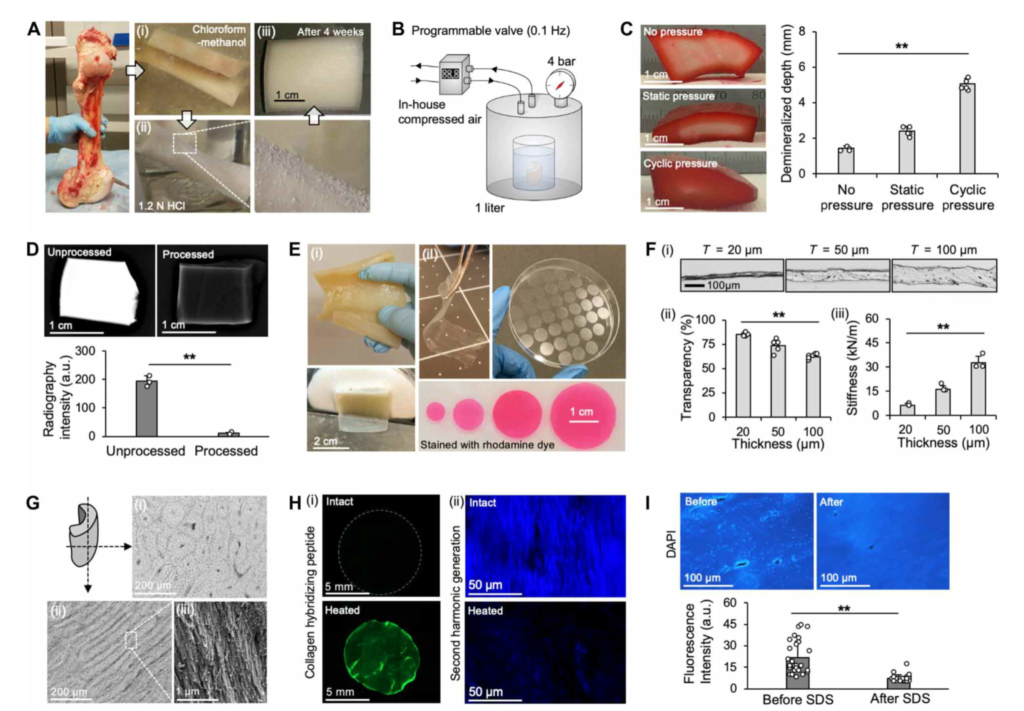
Bone remodeling
Bone tissue undergoes a dynamic process characterized by reabsorption of mature tissue and ossification to facilitate the deposition of new bone material.
This adaptability allows bone tissue to generate a wide range of morphologies, tailored to specific physiological conditions such as movement, length, stress, and nutritional status.
Consequently, each bone tissue optimizes its architecture to meet the functional demands placed upon it, highlighting the intricate adaptive mechanisms within the skeletal system.
Thus, no two bone tissues appear identical, reflecting their capacity for structural optimization in response to environmental cues.
Research question and strategy
A. Targeting natural phenomenon:
- The topology of trabecular under different conditions and weight.
- The self adaption of skeletal architecture.
B. Research question:
- How to use grasshopper to understanding the cellular optimization?
- How to simulate different internal structure growth of given geometry under different pressure.
C. Pseudo coding strategy
- Voronoi generating cell structure.
- Tackling minimum surfaces.
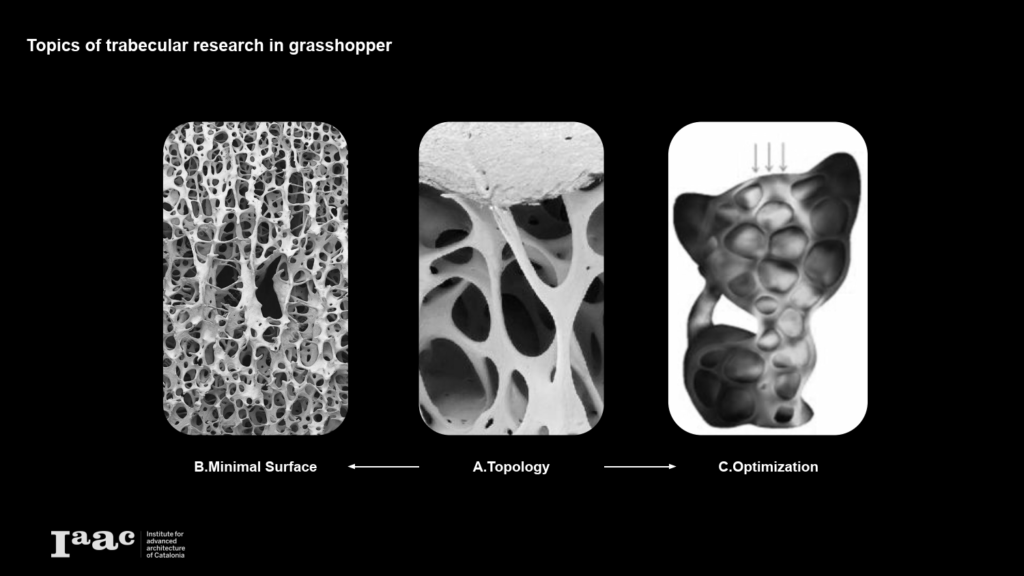
Topology_ How do bones grow?
Our bones adapt and remodel according to external and internal factors, with the overarching goal of optimizing their maximum potential.
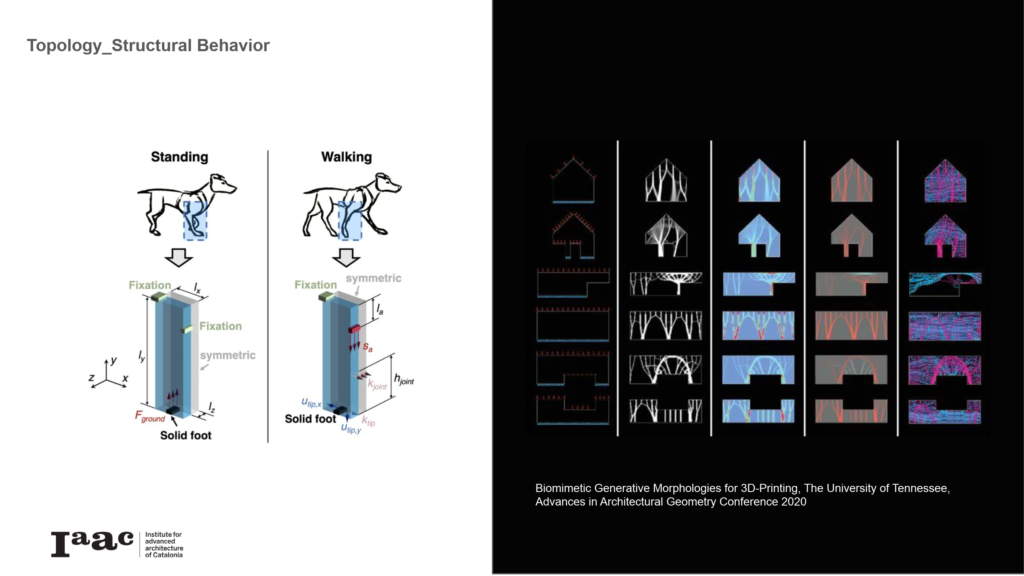

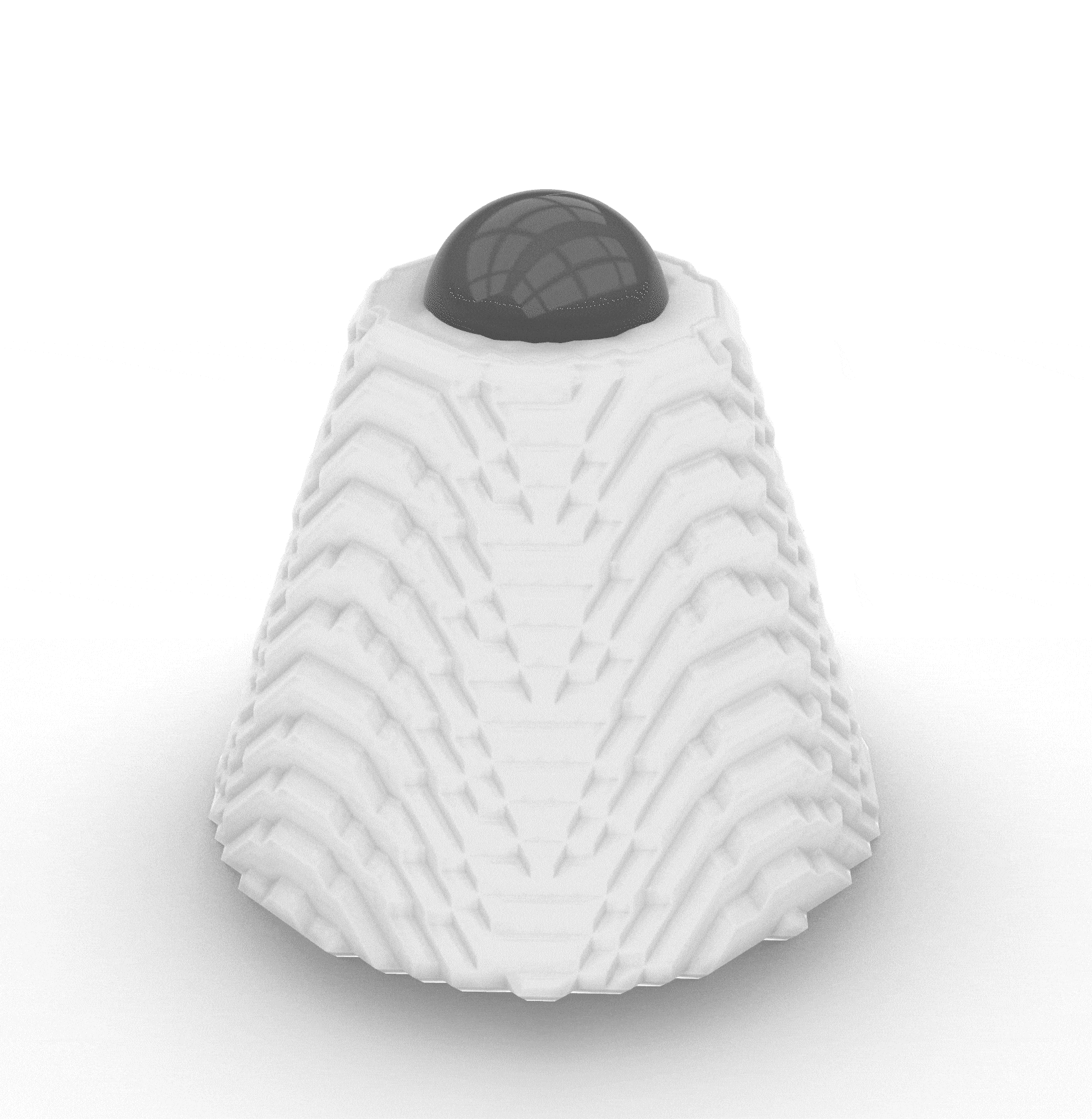
Using tOpos plugin to generate optimal shape of structural support helps us to understand how bone architecture develop the most efficient topology to withstand mechanical stress. The initial result indicates that the most simple geometry support is the most efficient one.
Minimal Surface _The supporting structure
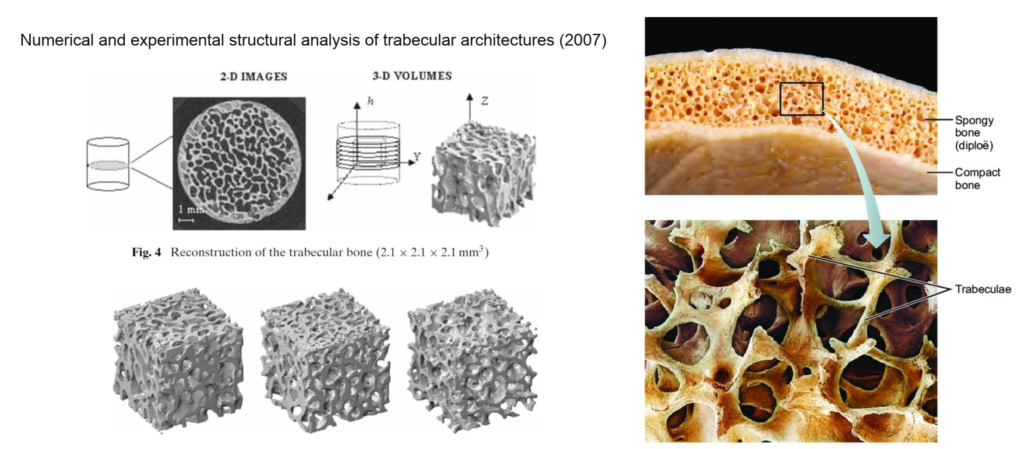
Essentially, the minimal surfaces form a sponge like structure as an infill of bone, so that other tissues such as red and yellow bone marrow could be protected. This way, the bones could function properly while remain as light as possible.
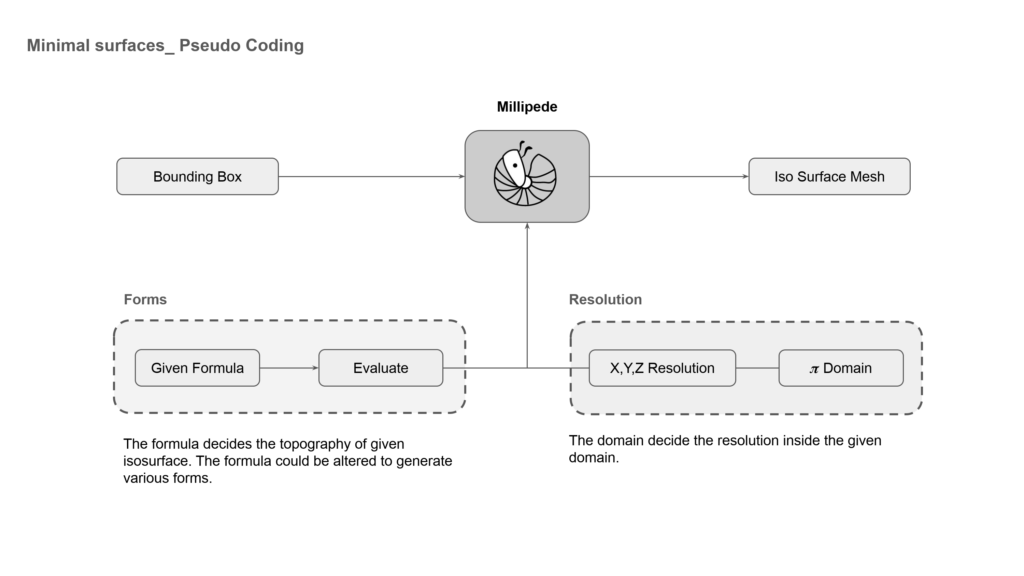


Optimization_ The constant adaptive system
As bone structures develop, osteoblasts, responsible for bone growth, form iso-surfaces that maximize nutrient, fat, and blood cell storage while supporting the body’s weight.
Lloyd’s Algorithm
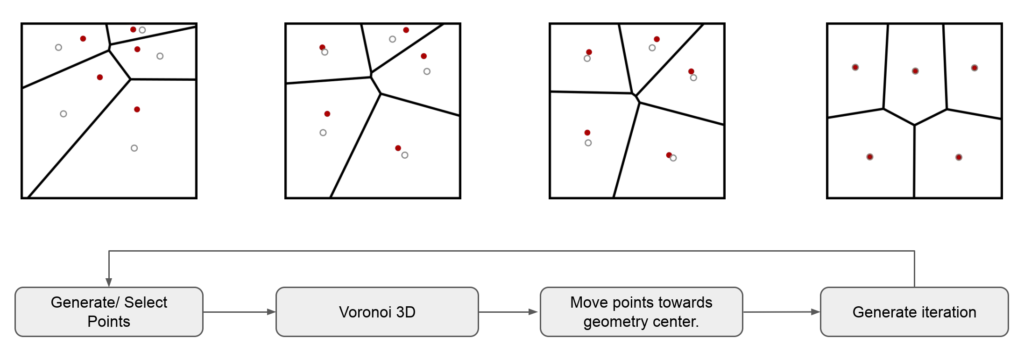
To understand how cells could find their favorite spots, Lloyd’s Algorithm is a good approach to visualize the optimal relaxation. This method is also widely used in various applications such as image segmentation, document clustering, and customer segmentation in marketing.
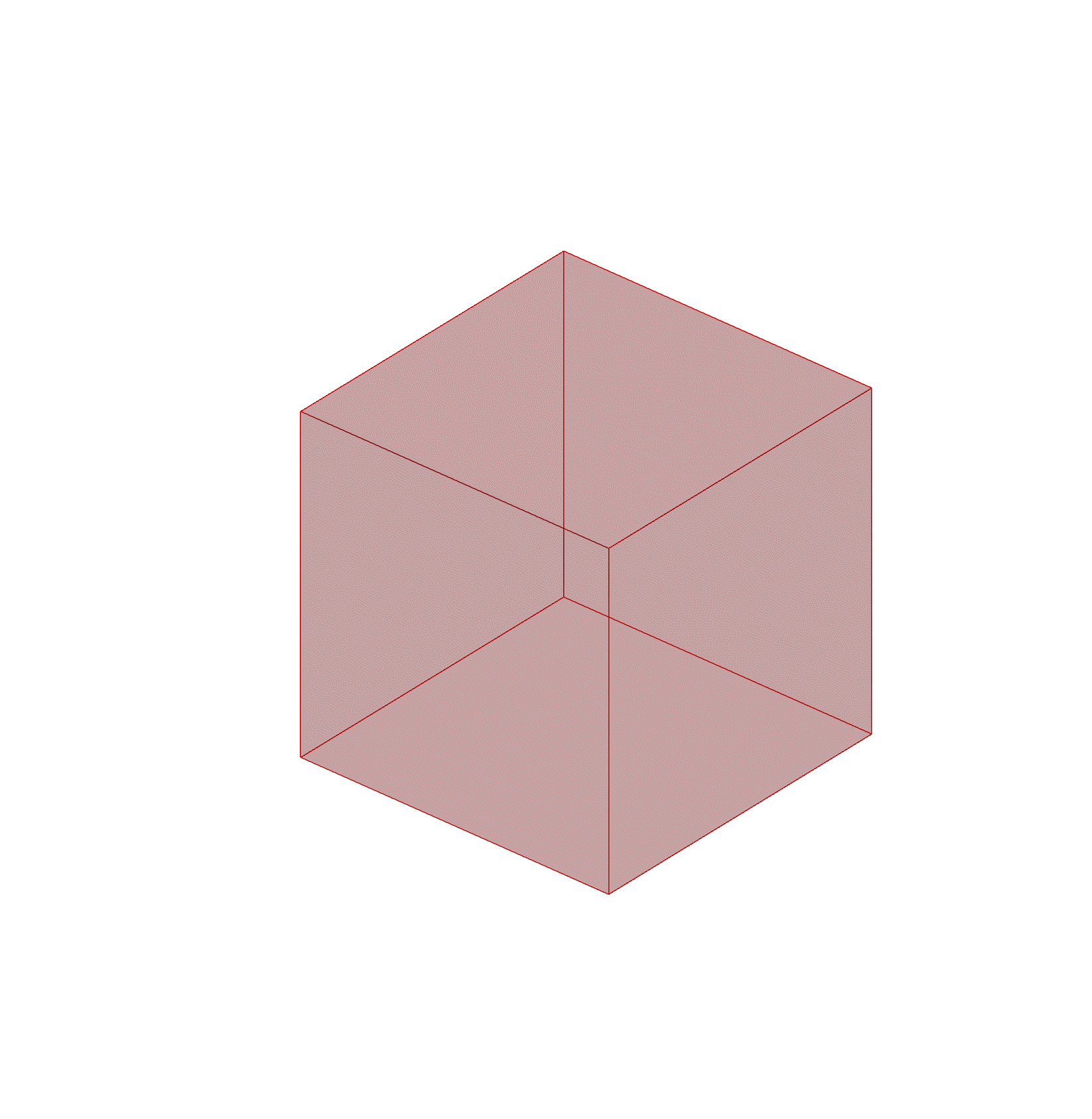
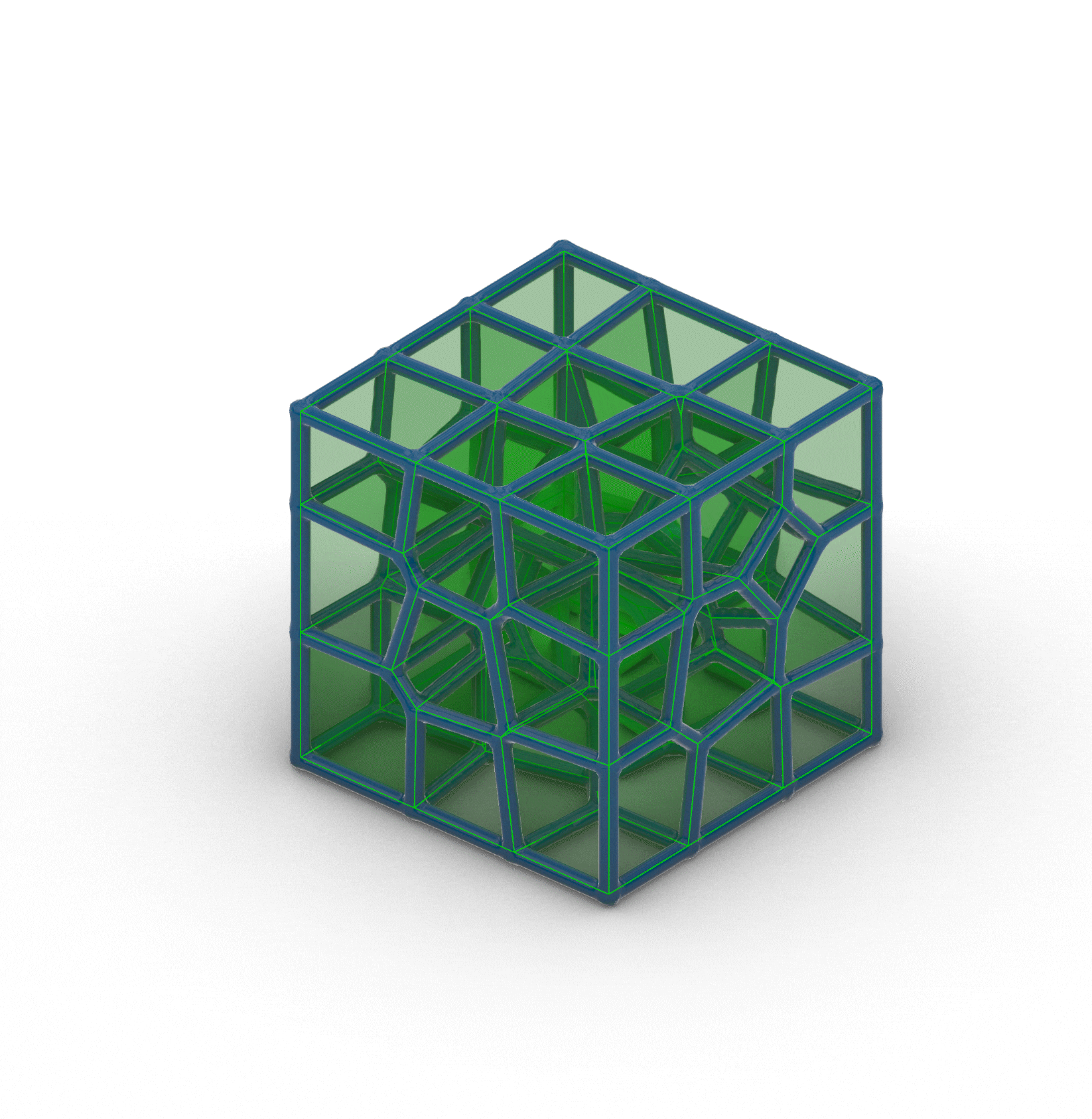
Through Lloyd’s algorithm and voronoi model, we could visualize how cells form cohesion structure to reach optimal position and gaps.
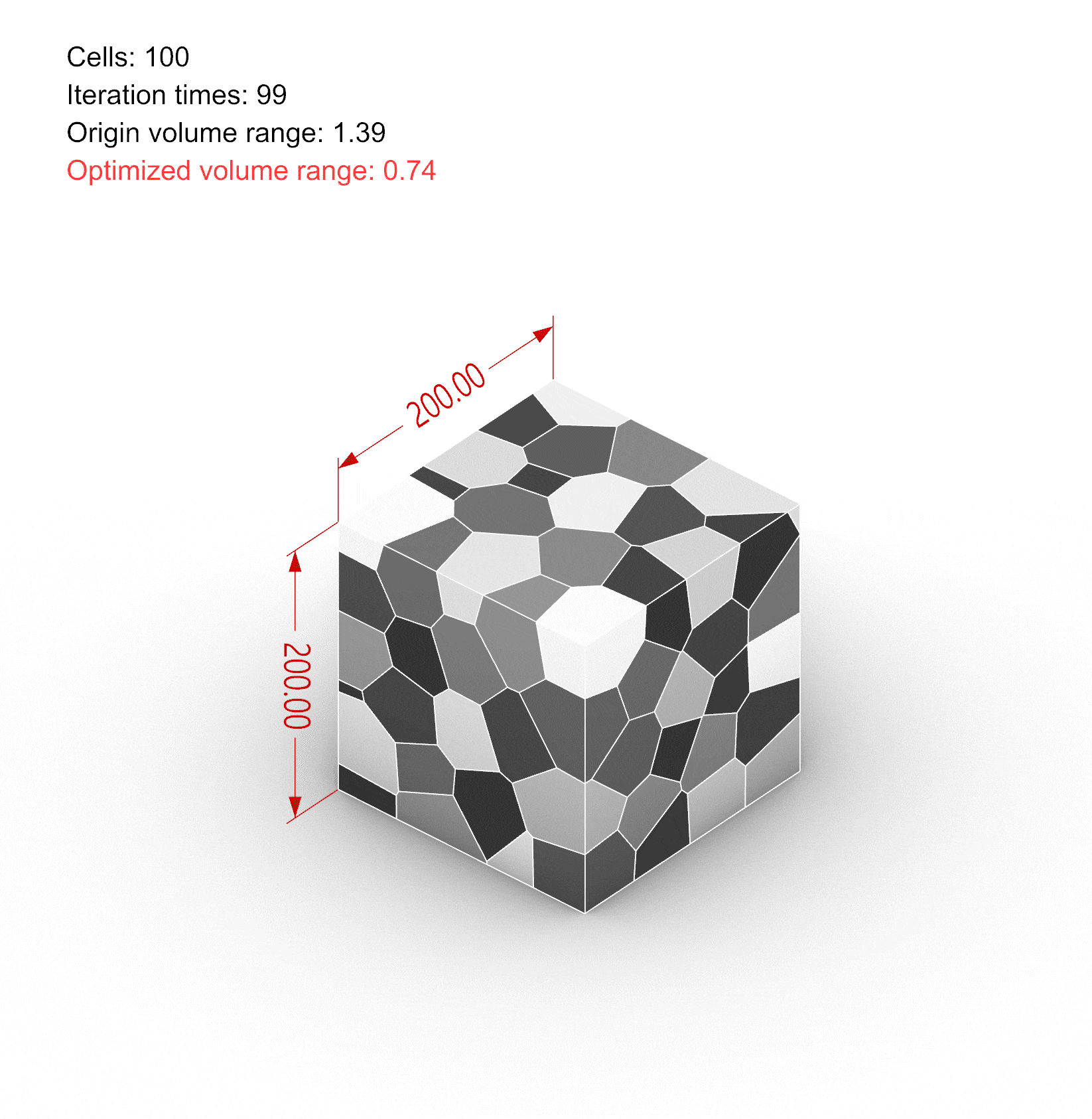
An interesting fact is that during the relaxation process, the smaller the cell count, the more likely they are to achieve equal volume. However, after certain cells have multiplied, regardless of the iteration, the volumes of Voronoi cells will not achieve equilibrium.
In the non-relaxed Voronoi model, as the cell count increases, the range of volumes for each cell decreases. By the 100th iteration, the volume ratio between the smallest and largest cells becomes closer to that of run through relaxation.
This indicates that when cells (in this case, osteoblasts) multiply within a given constraint, they have a higher potency for self-optimization.
However, the relaxation never achieved same volumes for every cells regardless of the amount of iterations.

